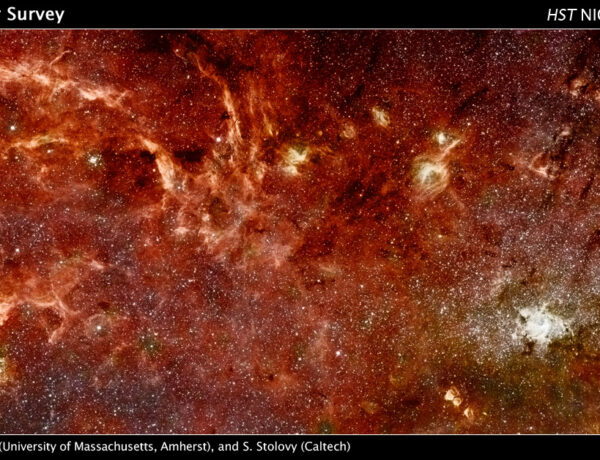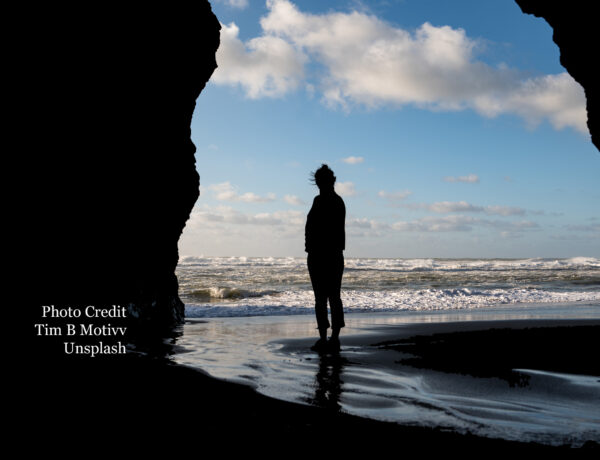Originally published July 3, 2016
I was getting far more serious in my search for a shape to my faith. As part of my degree, I attended a few introductory classes in Old and New Testament studies. These classes were designed, and taught, within the evangelical theological structure. I found the material interesting, but much of it was no deeper than many Sunday School lesson plans. What I did find was an aroused interest in digging further. Was learning my true faith?
Initially, my quest for a congregation of seekers led me to a small, non-affiliated church in the upper desert of California. The study groups were attended by serious explorers, and questions were not viewed as doubt. The pastor was a man who taught rather than preached. It was a refreshing experience.
It was the kind of church that knew it did not have all the answers, and the members felt seeking was an act of worship. When I approached the pastor with a conflict between my own convictions and the lesson assigned to my 6th grade Sunday School class, he was understanding. He gave me the freedom to arrive at a focus point that expressed the desired theme, but did not force me into a personal conflict. The instance that started this arrangement occurred one spring when I realized I was teaching the story of Easter a full month before Passover.
Most Christian churches never visit the disconnect between Easter and Passover, partly because there is shamefully little attention paid to the underlying history of our celebrations. Once a holiday becomes Christian, it always has been from the beginning of time. Easter is a good example. I go into detail here because it is symptomatic of the attitudes that drove me from institutional religion.
The “delivered word” is that Easter is the celebration of the resurrection of Jesus. But it’s not. Easter is celebrated on the first Sunday after the first full moon after the vernal equinox. It is a holiday derived from ancient, spring fertility rites. The symbolism is still there. Easter bunnies, because they go forth and multiply, eggs as the symbol of birth, and feasts with all kinds of spring bounty. Even ham. Have you ever wondered how ham came to be served on a holiday celebrating the resurrection of the Lamb of God? A man who considered pigs unclean animals?
In contrast, we have the celebration of Passover. An observance that celebrates the release from captivity, and a reminder of the mighty power of God. If we are, indeed, celebrating the resurrection of the ultimate sacrifice—God’s Passover Lamb—well, shouldn’t that occur on the third day after the crucifixion? Shouldn’t the two observances at least superficially relate to each other?
I was not prepared to teach a fertility rite of spring. I wished to focus on the celebration of the central theme of Christianity: the risen Lamb of God. My understanding pastor told me to teach it as I saw it. Even with all the Easter festivities going on throughout the church, he freed me to find a path to the message I wanted to give.
I was again lulled into a comfortable box that allowed me some latitude for my need to study and learn. It gave me a forum to share my faith as a teacher. There were Bible studies where I could express my thoughts and not feel out of place. But as the church grew, things changed, and the nature of the communion I enjoyed with that church changed with it. By that time, though, I had already begun to make the connections that led me to my next spiritual encounter.
This series began a bit ago, so here are links to the other articles.
The God Box ~ Part the First
The God Box ~ Part the Second
The God Box ~ Part the Third
The God Box ~ Part the Fifth
The God Box ~ Part the Sixth




No Comments